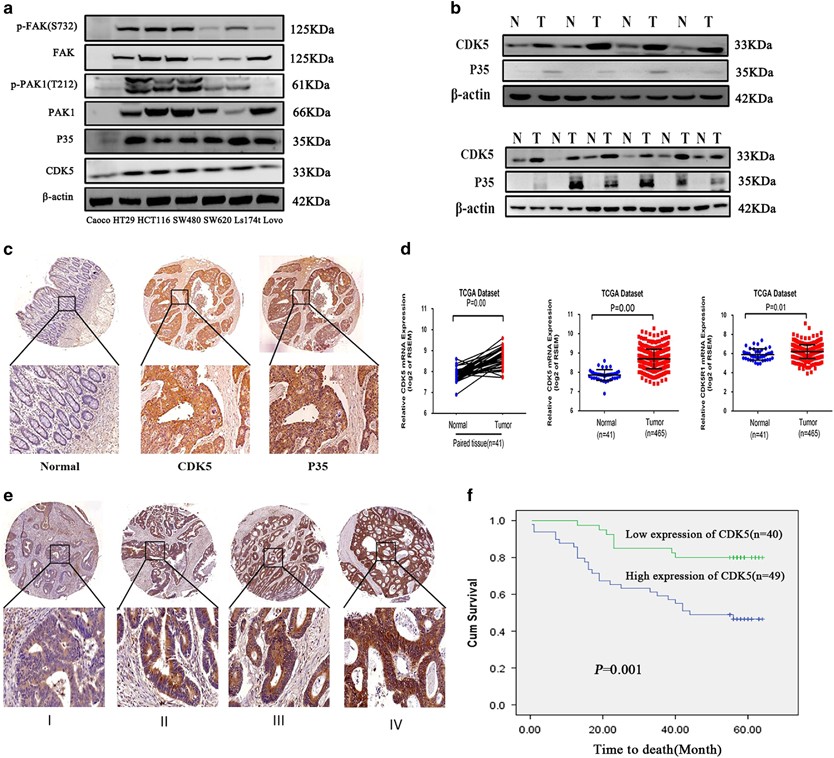
Output: wfood wfuel wcloth walc wtrans wother age log_income log_totexp
#RAL IN TIME AND PEARSON CORRELATION WITH SPSS 16.0 SOFTWARE INSTALL#
We can download the library from conda and copy the code to paste it in the terminal: conda install -c r r-hmisc The function rcorr() from the library Hmisc computes for us the p-value. The significance level is useful in some situations when we use the pearson or spearman method. Output: # wfood wfuel wcloth walc wtrans wother age log_income round(data, 2): Round the correlation matrix with two decimals.cor(data): Display the correlation matrix.# the last column of data is a factor level. cor does not perform correlation on a categorical variable. We exclude children_fac because it is a factor level variable. It is more visual to show half of the matrix. We need to make sure we drop categorical feature before we pass the data frame inside cor().Ī correlation matrix is symmetrical which means the values above the diagonal have the same values as the one below. Note that, a correlation cannot be computed for factor variable. By default, R computes the correlation between all the variables. The only difference with the bivariate correlation is we don’t need to specify which variables. The cor() function returns a correlation matrix. A correlation matrix is a matrix that represents the pair correlation of all the variables. A correlation with many variables is pictured inside a correlation matrix. The bivariate correlation is a good start, but we can get a broader picture with multivariate analysis. Output: # -0.2501252 Correlation Matrix in R

Output: # -0.2466986 cor(data$log_income, data$wfood, method = "spearman") cor(data$log_income, data$wfood, method = "pearson") We can compute the correlation coefficient between income and wfood variables with the “pearson” and “spearman” methods. # $ children_fac Yes, Yes, Yes, Yes, No, No, No, No, No, No, Yes.

Three string values:Īn optional argument can be added if the vectors contain missing value: use = “complete.obs” method: The formula used to compute the correlation.It takes three arguments,, and the method. The denominator calculates the standard deviations. With stated the covariances between rank and. Spearman’s rank correlation,, is always between -1 and 1 with a value close to the extremity indicates strong relationship. Note that, a rank correlation is suitable for the ordinal variable. A rank correlation has the advantage of being robust to outliers and is not linked to the distribution of the data. We can compute the t-test as follow and check the distribution table with a degree of freedom equals to :Ī rank correlation sorts the observations by rank and computes the level of similarity between the rank. In contrast, the closer comes to 1 or -1, the stronger the linear relationship.A value of near or equal to 0 implies little or no linear relationship between and.


 0 kommentar(er)
0 kommentar(er)
